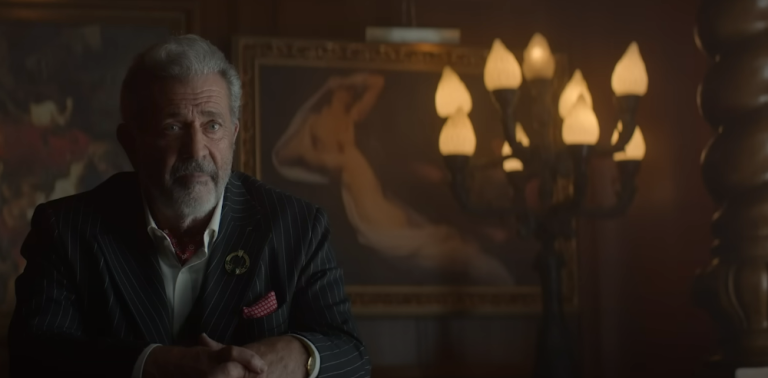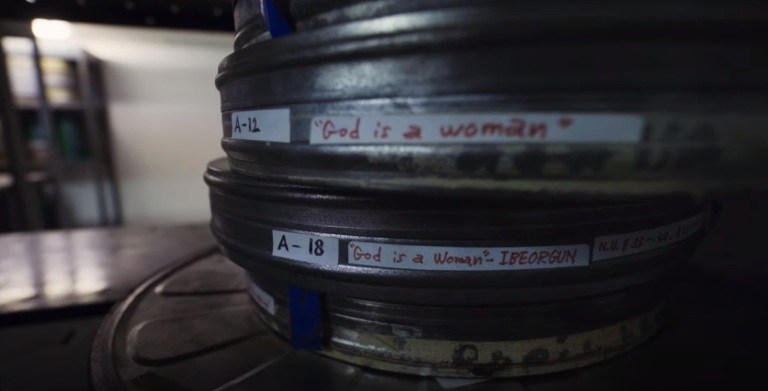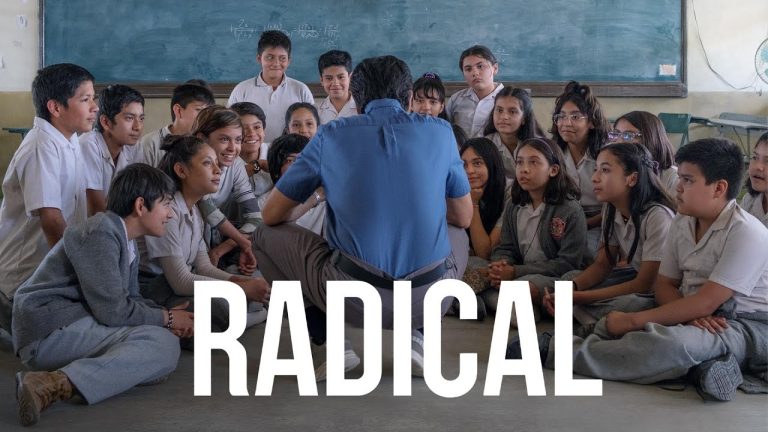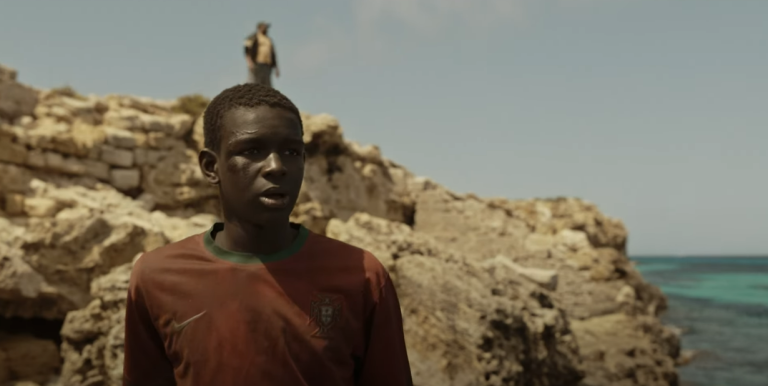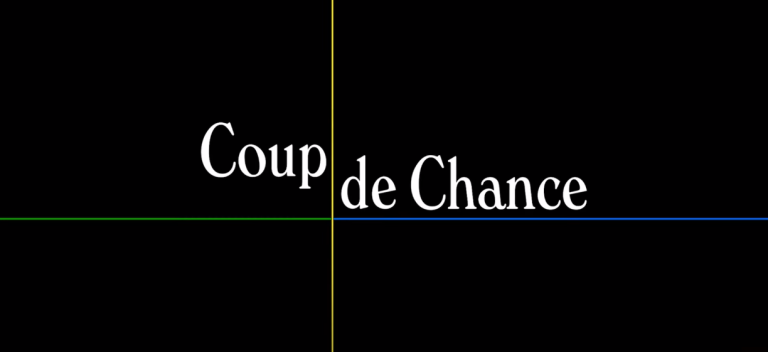
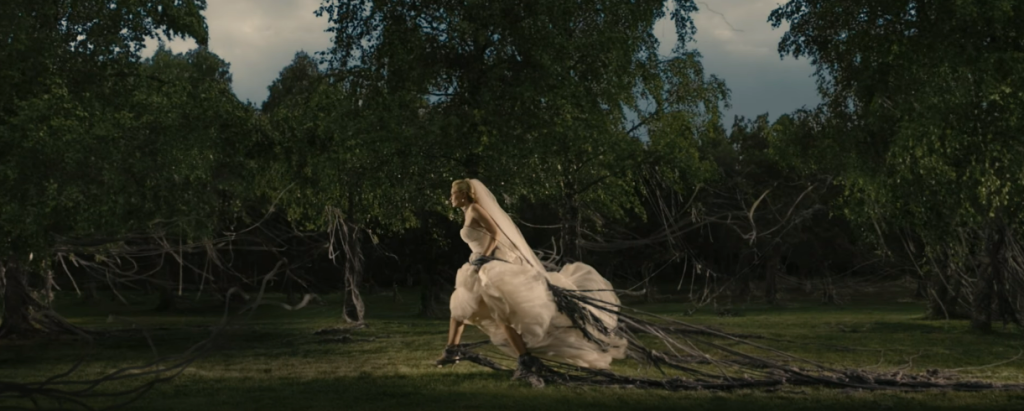
The opening sequence of Lars von Trier’s “Melancholia” establishes a chilling atmosphere through the haunting music of Wagner’s “Tristan und Isolde” coupled with unsettling imagery portraying a world on the brink of collapse. A woman, evoking the image of a bride, flees through a sinister forest, reminiscent of a nightmare. Another woman struggles with a child in treacherous terrain, while a looming planet, Melancholia, ominously heralds Earth’s impending doom.
As the narrative unfolds, we are introduced to a newlywed couple, Justine and Michael, en route to their wedding celebration at an opulent estate. However, tensions simmer beneath the surface within this dysfunctional family, with Justine’s sister Claire fraught with concern, and their parents, Gaby and Dexter, exhibiting estrangement. The gathering is overseen by Claire’s husband, John, who tries to maintain a facade of normalcy despite the looming catastrophe. Meanwhile, Justine’s boss, Jack, exploits the situation for personal gain, and the enigmatic wedding planner adds to the surreal atmosphere.
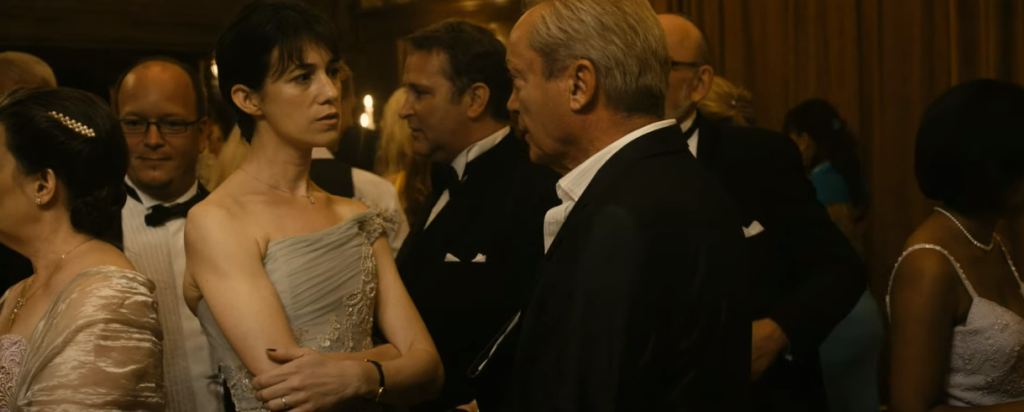
Von Trier’s departure from conventional wedding narratives immerses the characters in an atmosphere of impending doom, where even moments of intrigue lack glamour or excitement, serving as desperate acts against the impending catastrophe. The gradual expansion of Melancholia’s presence mirrors the escalation of tension, with von Trier deliberately sidelining typical sci-fi tropes to focus on intimate dynamics and conversations within the mansion.
In envisioning a director for an apocalypse portrayal, von Trier’s mastery in capturing the profound insignificance amidst cataclysm resonates, much like Werner Herzog’s approach. The characters’ detached resignation amidst impending demise underscores von Trier’s exploration of existential dread, where personal pursuits seem futile in the face of cosmic forces.
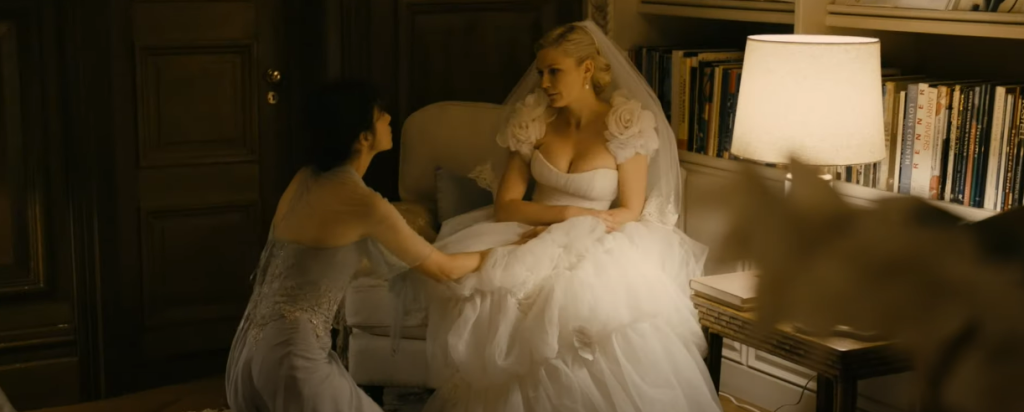
The film’s narrative, divided into two halves with the characters of Justine and Claire, explores the blurring of individual identity amidst the encroaching apocalypse. Through nuanced character portrayals, von Trier delves into the dissolution of societal norms and personal identities, confronting viewers with the stark reality of mortality.
The climactic moment, portrayed with von Trier’s signature slow motion, captures the merging of planetary atmospheres with eerie detail, devoid of sensationalism. The character’s defiant confrontation with the apocalypse prompts reflection on mortality, mirroring von Trier’s own contemplations.
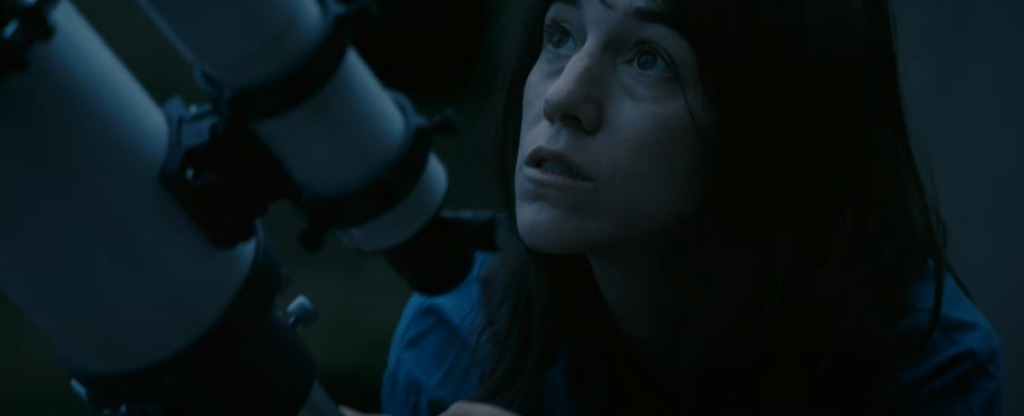
In essence, von Trier’s treatment of the apocalypse transcends spectacle, delving into themes of acceptance, defiance, and the grandeur of facing one’s fate with unwavering resolve.
| Aspect | Description |
|---|---|
| Opening Sequence | Haunting tone set with Wagner’s “Tristan und Isolde” juxtaposed against disturbing imagery. |
| Characters | Justine, Claire, Michael, Gaby, Dexter, John, Jack, Wedding Planner |
| Themes | Existential dread, familial dysfunction, inevitability of destruction |
| Approach to Wedding Narrative | Immersion in impending doom, rebellion against catastrophe |
| Treatment of Melancholia | Downplays traditional sci-fi tropes, focuses on intimate dynamics |
| Directorial Vision | von Trier’s emphasis on existential dread and introspection, Herzog’s portrayal of insignificance amidst cataclysm |
| Character Portrayal | Surreal sense of resignation and defiance amidst doom, blurring of individual identities |
| Climactic Moment | Slow-motion portrayal devoid of sensationalism, character’s defiant confrontation with apocalypse |
| Treatment of Death | Departure from typical grim settings, character’s resolve prompts reflection on mortality |
| Overall Approach | Transcends spectacle, delves into existential themes of acceptance, defiance, and grandeur in facing fate with resolve |

